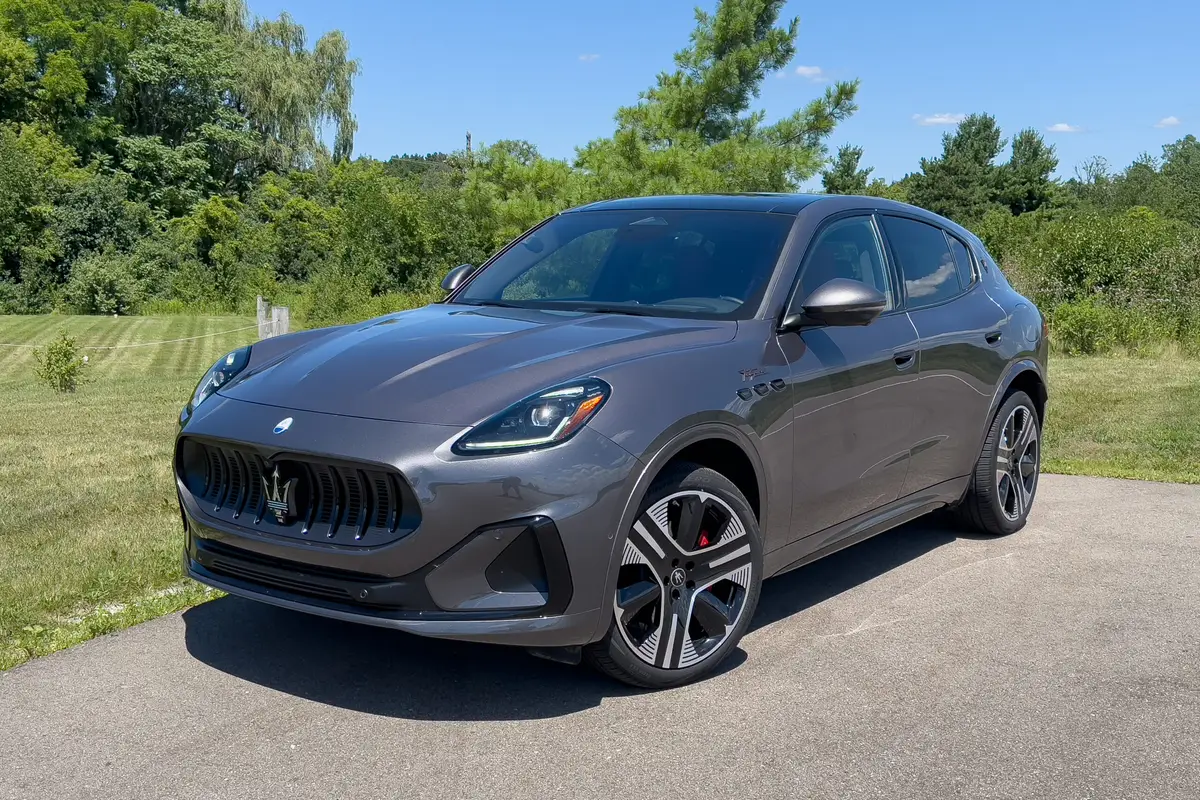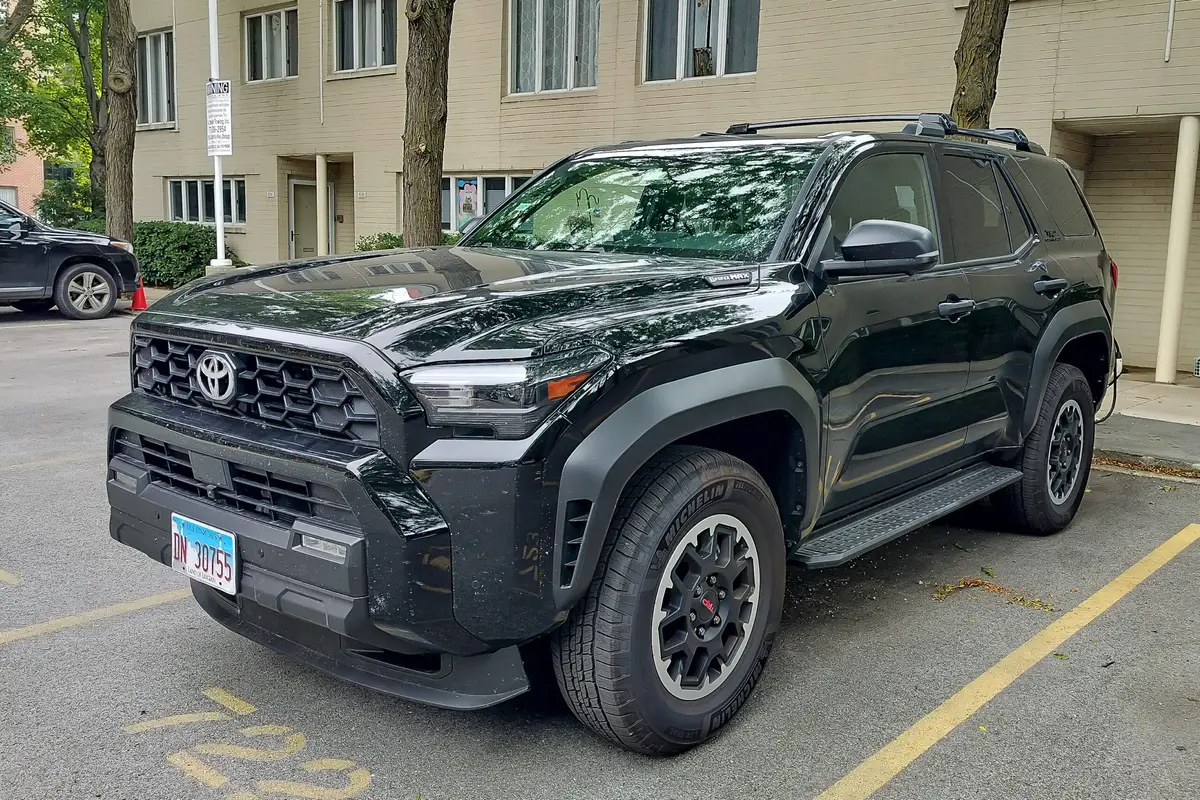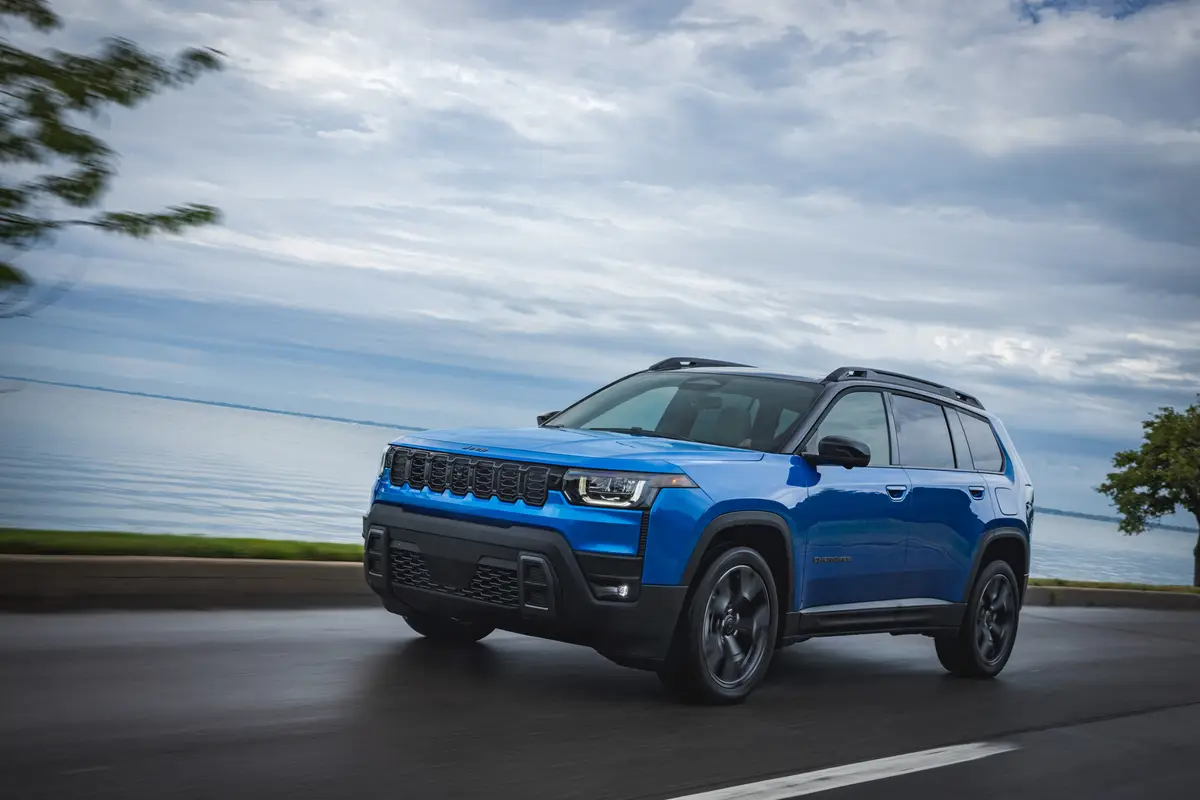2004 Chrysler Sebring: What's New
Vehicle Overview
A restyling of the grille and front fascia gives the Chrysler Sebring midsize sedan and its convertible sibling a fresh face for the 2004 model year. Both body styles went on sale in the spring as early 2004 models. A GTC with a sport suspension joined the Sebring convertible lineup in mid-2002 and remains available. LX, LXi and Limited editions are also offered in soft-top models.
New 16-inch painted-aluminum wheels are available for the LX and LXi trim levels, and new chrome-clad aluminum wheels are optional for the LXi model. A new BeltAlert system reminds the driver to buckle up.
For 2004, models without antilock brakes get front-disc and rear-drum brakes rather than an all-disc setup. Traction control is now available. Chrysler-winged badges replace the previous Chrysler badges on sedan deck lids. Steering-wheel audio controls and an electrochromatic rearview mirror are newly available.
Redesigned for 2001, Sebring sedans and convertibles are produced in Michigan. Dodge offers a similar Stratus model but no convertible. Sebring sedans come in LX and LXi trim levels.
Exterior
Similar styling is evident on all three Sebring body styles, including the smaller coupe that is based on a different design. Each is led by the same oval eggcrate grille that is used on all Chrysler vehicles. Sebring convertibles and sedans may look the same at a glance, but they have different front fascias, taillights and side body panels.
Their dimensions also differ. Convertibles ride a 106-inch wheelbase and measure 193.7 inches long overall, while the sedan has a 108-inch wheelbase but is 3 inches shorter. The compact coupe rides a 103.7-inch wheelbase and is 191.9 inches long overall. All convertibles have a power top and a glass rear window with an electric defogger.
Interior
The Sebring sedan and convertible both contain front bucket seats. Sedans have a three-place rear bench, while the convertible contains a two-place rear seat that allows for a four-passenger capacity. The sedans 60/40-split rear seatback folds to expand cargo capacity beyond the 16-cubic-foot trunk. Convertibles have a fixed rear seatback and only 11.3 cubic feet of trunk space.
Under the Hood
A 150-horsepower, 2.4-liter four-cylinder engine is standard in the LX sedan and convertible, while the other models use a 2.7-liter V-6 that produces 200 hp. Both engines mate with a four-speed-automatic transmission, but a five-speed-manual gearbox is available for convertibles equipped with the V-6.
Safety
Antilock brakes are standard on the Limited convertible and optional on all other models. Front airbags deploy at one of three levels based on crash severity. Side curtain-type airbags are optional in sedans.
Sebring Coupe
The Sebring coupe is compact in size and belongs to a different family. Chrysler handled the exterior styling and interior design, but the front-wheel-drive platform is also used for the Mitsubishi Galant sedan. The Sebring and related Dodge Stratus coupe are built in Illinois.
Dodge has not yet issued information on changes to the coupe for 2004 following last years restyling. The coupe has come in LX and upscale LXi trim levels, which promises more rear-seat space than most coupes. The base LX engine is a 147-hp 2.4-liter four-cylinder. A 200-hp, 3.0-liter V-6 is optional in the LX and standard in the LXi coupe. Both power plants are available with either a four-speed-automatic or five-speed-manual transmission. With the V-6 in an LXi coupe, the automatic can be equipped with AutoStick, which permits manual gear changes. Antilock brakes have been optional on the LXi coupe. Side-impact airbags are also available.
Driving Impressions
The Sebring convertible is easy to drive and nicely stable on the highway; it offers considerably more rear legroom than most of its rivals. Strong performance is likely to slow only in steep terrain. Not only is the convertibles ride nearly glass-smooth, but it also remains commendably civilized when the road surface turns harsh. It maneuvers with an appealing degree of precision, and the soft-top model responds crisply to driver actions with just a bit of understeer.
A Sebring sedan with the V-6 engine and automatic transmission also produces a refined experience and an excellent ride. A roomy interior and generous standard-equipment list enhance its appeal.
The two-door Sebring coupe delivers a refined driving experience. When equipped with a manual shift, its quite a sporty machine. Chryslers five-speed functions expertly, working neatly in tandem with a well-behaved clutch.
With the automatic transmission, the coupes V-6 engine performs well but not exceptional. Except for tire noise on certain road surfaces, the Sebring is pleasantly quiet. The four-cylinder Sebring coupe is sufficiently peppy for most drivers, at least in urban driving, but its a little noisier than the V-6.
The Sebrings interior space is bountiful and far removed from the cramped backseat thats typical of most coupes these days. In the ride and handling category, the Sebring coupe ranks above the compact norm. But because the two- and four-door models stem from a different design, on-road qualities are not identical, as the coupe comes across as a trifle less refined than the sedan.
| Reported by Jim Flammang for cars.com; Posted on 6/18/03 |
Featured stories




